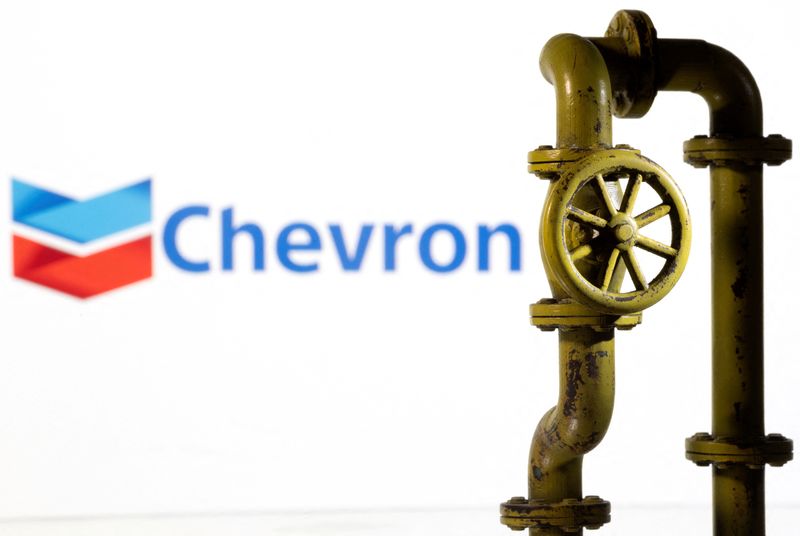
Glamping is on the rise in the age of hybrid work
Fast CompanyThe COVID-19 pandemic, which led to the confinement of small indoor spaces and a reliance on virtual communication methods, undoubtedly obscured our relationship to the physical world around us. Unsurprisingly, the pandemic era saw a surge in popularity of outdoor travel experiences.
During the pandemic, camping was one of the few options still available to leisure travelers. Yet, a recent report from Kampgrounds of America (KOA) suggests that the sector is still positioned for growth.
“We had seen year-over-year growth in a lot of the key categories leading into the pandemic,” Toby O’Rourke, KOA president and CEO, tells Fast Company. “There was some natural drop-off last year as people started to revert to other forms of travel. But what we’re seeing is that growth is picking up from where we left off in 2019.”
The KOA report reveals that in 2020, 21% of campers were “new to camping,” compared to only 4% in 2019. While the “new to camping” demographic has since decreased to 7% in 2023, the report also reveals an increase of those who “started [in the] past few years”—from 11% in 2020 to 30% in 2022 and 25% in 2023.
This trend suggests that many of those who started camping in 2020 remained campers in 2023.
Moreover, 34% of new campers in 2023 opted for “glamping,” a higher-end form of camping that involves a bit more luxury. That’s a stark increase from 18% in 2021, indicating that outdoor hospitality providers may need to increase their service and amenity offerings as the demographic of campers starts to expand beyond traditional backcountry adventures.
Camping doesn’t mean fully disconnecting anymore
Indeed, many new campers expect full-service private campgrounds that include a bed in a cabin structure, cooking and dining facilities, and—most crucially—WiFi. Many travelers who have begun to opt for camping cannot afford to disconnect completely from reality. Among respondents to a KOA survey who intended to work remotely while traveling, 57% reported that they intended to camp more in 2024.
O’Rourke does not see technology and the outdoors as being at odds.
“You’re going to see a lot of outdoor companies evolving and exploring the ways we use AI to provide a more seamless experience for the camper—whether that’s in how they find their campsite online, or in how they engage with camping,” he says. “I think we’re going to start to see a lot more technological advancements within the RV product, for example.”
While we have emerged from the confines of social distancing, the chasm between humans and the physical world remains wide. Our increasing reliance on technology—and the blurring boundaries between work and life—has given us a need not just to reconnect with the natural world, but also with each other.
The desire for hospitality in outdoor travel experience remains at an all-time high; according to KOA, 87% of travelers report that outdoor experiences must “incorporate a human touch of some sort.”
As outdoor travel providers work to integrate technology, they should be wary of allowing hyper-connectivity to detract from the experience. Even more than other sectors, the outdoor travel industry must work to help customers feel that technology is working for them, and not, as it often feels in today’s world, the other way round.
“We don’t want to distract from the outdoors with technology,” O’Rourke says.















